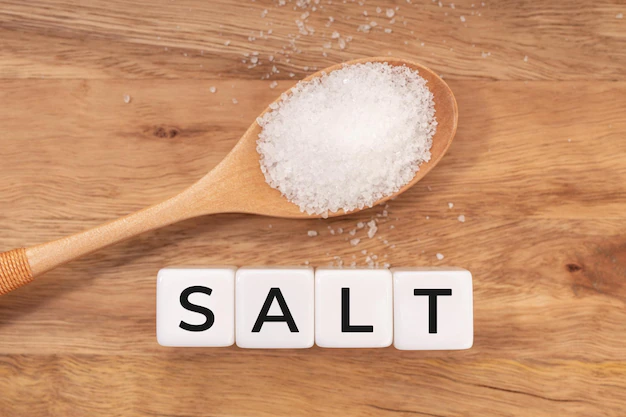Salts of the Earth, and Sea

Salt is an essential nutrient that our bodies need to function properly. However, the type of salt we consume can make a difference in our overall health.
Table salt, also known as refined salt, is the most commonly used salt in households and restaurants. It is heavily processed to remove impurities and trace minerals, leaving only sodium and chloride. While it may make food taste good, excessive consumption of table salt has been linked to high blood pressure, heart disease, and other health problems.
On the other hand, sea salt and Himalayan pink salt are considered to be healthier options because they are less processed and contain more minerals than table salt. Sea salt is made by evaporating seawater, while Himalayan pink salt is mined from ancient salt beds in the Himalayan Mountains. Both types of salt contain trace minerals such as potassium, magnesium, and calcium, which are important for good health.
However, it’s important to note that even these healthier salt options should be consumed in moderation. While they may contain more minerals than table salt, they still primarily consist of sodium and chloride, which can be harmful in excess.
It’s also worth noting that “low-sodium” or “reduced-sodium” products may still contain a significant amount of salt. Reading nutrition labels and controlling portion sizes are important steps in managing salt intake.
In conclusion, while salt is an essential nutrient, it’s important to choose healthier options like sea salt or Himalayan pink salt, and consume all types of salt in moderation to support overall health.
